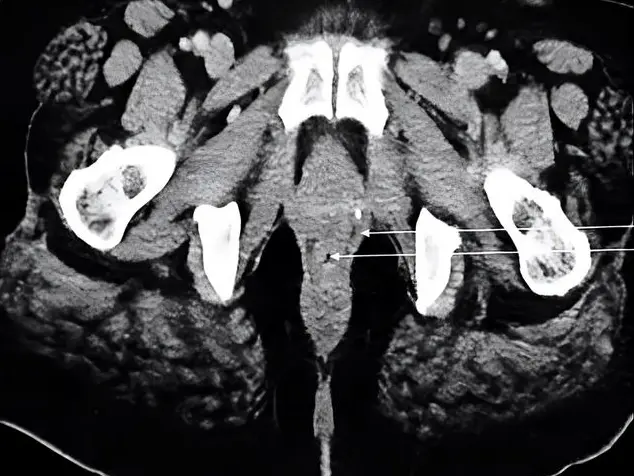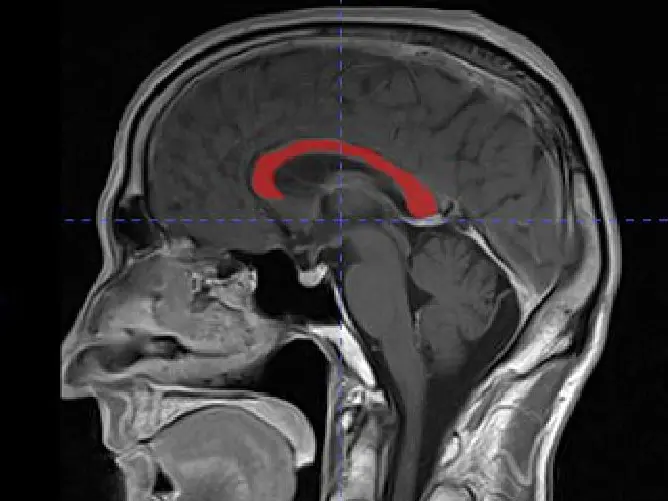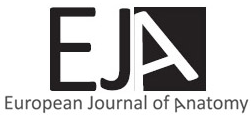Vertebral artery (VA) injuries remain one of the most encountered complications during surgical intervention at the craniovertebral junction (CVJ). Anatomically, the suboccipital segment is the most complicated segment of the VA. The artery undergoes a series of bends to form proximal and distal loops. In addition to this standard anatomical description, previously reported variant anatomies such as fenestration, persistent first intersegmental artery (FIA), hypoplasia, and extradural origin of the posterior inferior cerebellar artery (PICA) also contribute to the complexity of this segment. We evaluated the anatomical features of the V3 component of the VA in a South African population to provide useful data on the prevalence of variation and morphometry of the VA. The study is an observational, retrospective chart review of 554 consecutive South African patients (Black, Indian, and White) who had undergone computed tomography angiography (CTA) at Lenmed Ethekwini Hospital and Heart Centre, Durban, South Africa, from January 2009 to September 2019. Various morphological variations were registered in the course of the VA: (1) Hypoplasia; (2) Extradural (V3) origin of PICA; (3) persistent FIA; and (4) VA fenestration. Hypoplasia was observed in 5.6% of cases. The overall prevalence of the last three variations was 4.2% of the total patients. Codominance was observed in 42.6% of patients, left dominance in 34.3%, and right dominance in 23.1% of patients. Since failure to identify these morphological variations can result in inadvertent injury to the VA with serious neurological consequences, it is therefore imperative to recognize these variations preoperatively. Knowledge of these variations will also assist in the interpretation of radiographs.
Radiological anatomy of the suboccipital segment of the vertebral artery in a select South African population
Bukola R. Omotoso1, Rohen Harrichandparsad2, Kapil S. Satyapal1, Lelika Lazarus1
1 Discipline of Clinical Anatomy, School of Laboratory Medicine and Medical Sciences, College of Health Sciences, University of KwaZulu-Natal, Westville Campus, Durban, South Africa
2 Department of Neurosurgery, School of Clinical Medicine, College of Health Sciences, Nelson R Mandela School of Medicine, University of KwaZulu-Natal, Durban, South Africa
SUMMARY
Eur. J. Anat.
, 25
(5):
553-
562
(2021)
ISSN 2340-311X (Online)
Sign up or Login
Related articles
Original article
Original article



